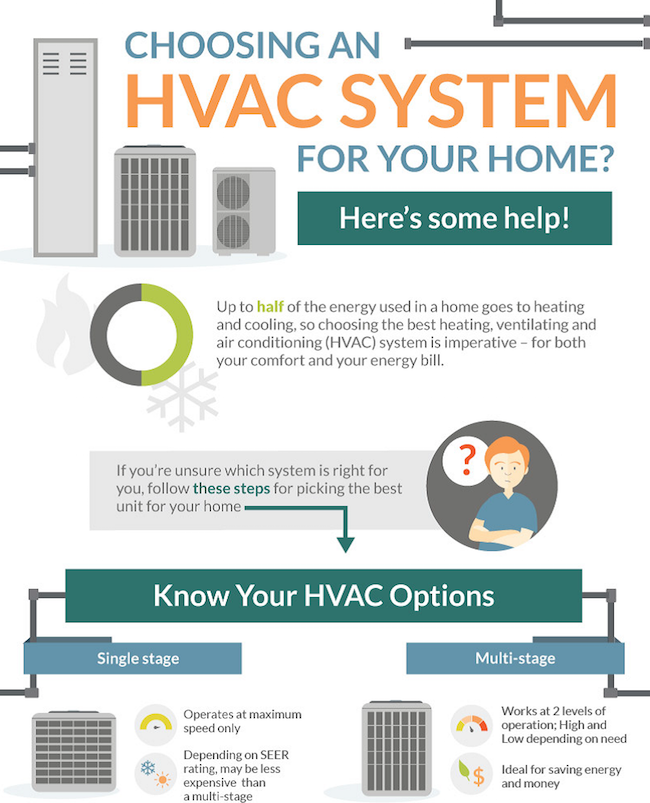Before the heatpump installation begins, you require to ensure your home is ready for the process. Clearing the area, analyzing the electrical configuration, and making sure correct air flow are crucial actions to take. By following these first prep work, you established the stage for an effective installation. But what concerning the finer information that can make a considerable difference in the efficiency and durability of your heatpump system? Allow's explore the nuances that can boost your home's readiness for this important upgrade.
Cleaning the Installation Area
Before the heat pump setup can begin, it's critical to get rid of the designated area completely. Start by removing any particles, mess, or challenges that might hinder the installment procedure. This includes furnishings, decors, and any other products that could hinder. Ensure the pathway to the installation website is clear for the installers to relocate equipment and materials conveniently.
Next, make certain that the location around the marked installation place is clean and without any kind of dirt, dust, or various other materials that can influence the heatpump's performance. Sweep or vacuum cleaner the location to create a clean office for the installment group.
Furthermore, take into consideration supplying easy accessibility to the setup area by removing a path from the entry of your home to the installation place.
Assessing Electrical System
Examining the electrical system is an important action before waging the heatpump setup. Begin by checking if your home's electrical panel can sustain the extra lots a heat pump will certainly require. Make sure there suffice readily available circuits to fit the heatpump and that they meet the maker's specs. It's important to have a specialized circuit for the heatpump to stop overloading and prospective dangers. If mouse click the following post updating, speak to an expert electrical contractor to make the needed changes.
https://donovannbnxi.blogproducer.com/37850094/questionable-sounds-and-unpredictable-temperature-levels-mean-potential-heat-pump-problems-uncover-these-red-flags-before-they-intensify in your home to guarantee it depends on code and can take care of the needs of the new heatpump. Look out for any kind of torn cords, loose links, or signs of wear that may position a safety and security danger. Verify that the electric outlets near the installation location are based and in good condition. If any problems are found, have them attended to without delay by a certified electrician.
Appropriate analysis and upkeep of your electric system will make sure a risk-free and reliable heatpump installment procedure.
Ensuring Correct Ventilation
To make sure a successful heatpump installation, it is very important to concentrate on proper air flow in your home. Ample ventilation helps the heat pump run efficiently and prevents air top quality issues.
Prior to installation, check that all vents and air ducts are clean and unobstructed. Clearing up these locations makes sure that air can flow openly, optimizing the performance of your brand-new heatpump system.
Additionally, take into consideration the positioning of the heat pump system itself. It needs to have enough space around it to permit correct air movement. Appropriate air flow not just enhances the heat pump's efficiency but likewise assists keep a healthy and balanced indoor environment.
If needed, speak with a professional to evaluate your home's ventilation needs and make any type of essential changes. By guaranteeing correct air flow, you're establishing the stage for a seamless heatpump installment process and optimal performance of your brand-new system.
Final thought
Since you have actually cleared the installment location, examined the electrical system, and guaranteed correct air flow, your home is ready for a smooth heat pump setup. By taking these actions, you have established the stage for an effective and successful process. Enjoy the benefits of a new heat pump system in your home, recognizing that you have actually prepared your area for ideal efficiency.
